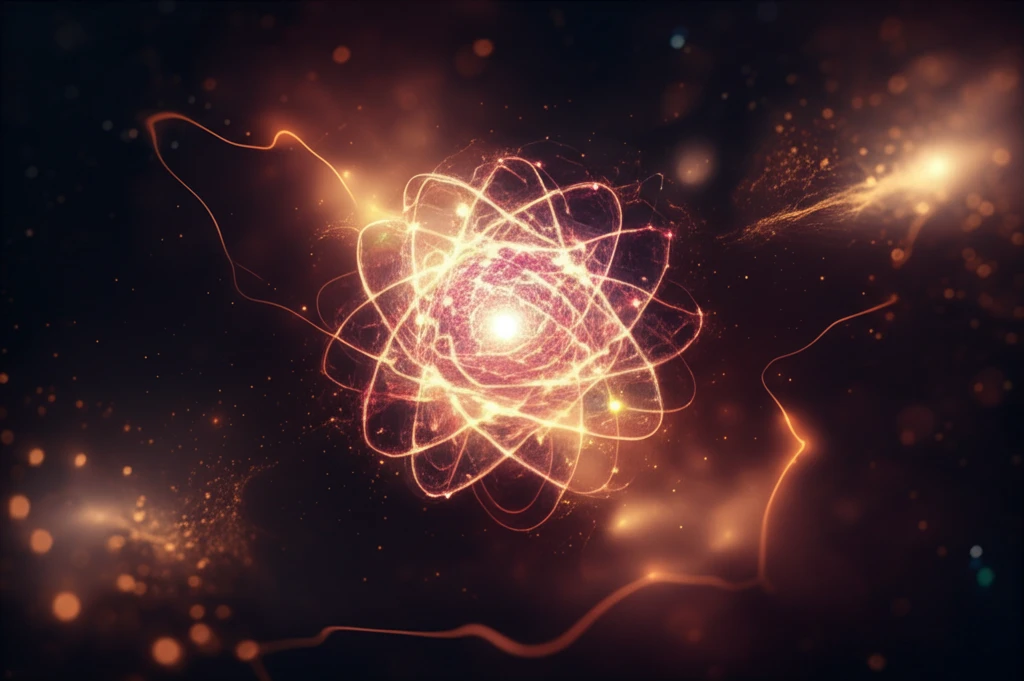
Unlocking the Secrets of Superheavy Elements: What Does the Future Hold?
"Exploring the latest research on Oganesson isotopes and their stability properties may reveal insights into nuclear physics and the boundaries of the periodic table."
The quest to discover new elements has always been a driving force in nuclear physics. For decades, scientists have been captivated by the possibility of elements beyond the well-known periodic table, especially in the region known as the "island of stability" centered around element 208Pb. This pursuit has sparked countless theoretical and experimental investigations into superheavy nuclei, pushing the boundaries of our understanding of matter itself.
While the lighter elements were primarily discovered through chemical means, creating heavier elements, those beyond uranium, requires nuclear reactions in specialized laboratories. These reactions, which involve bombarding targets with reactor neutrons or energetic ion beams, are sophisticated and produce only a few atoms at a time. Identifying these fleeting entities hinges on recognizing their unique decay patterns, making the process extremely challenging.
From a structural perspective, the heaviest nuclei are essential for testing and refining nuclear shell models. These models posit that the existence of superheavy elements is not due to classical physics, but solely from their internal shell structure. Without this stabilizing structure, these elements would theoretically undergo immediate fission. Many calculations have predicted the existence of these shell-stabilized superheavy nuclei, driving ongoing research in the field.
Predicting the Stability of the Unpredictable: Oganesson Isotopes

Recent research has focused on theoretically predicting the stability properties of the still largely unknown 276-308Og isotopes. By employing the Skyrme-SLy4 nucleon-nucleon interaction and the deformed Woods-Saxon single-particle potential within a semi-microscopic approach, scientists are calculating crucial properties. These properties include ground-state masses, binding energy, deformations, and fission barriers.
- The study reveals that 290-296Og isotopes are the most bound, with 302,304,306Og predicted to be spherical nuclei. Isotopes 299,300,301,303,305Og are predicted to be almost spherical.
- Calculations successfully reproduce the available data for the only known Oganesson isotope, 294Og.
- Researchers explored electron capture/ß+ decays and spontaneous fission as competing decay modes challenging the stability of superheavy nuclei.
- An overall oscillating increasing behavior of Ta with mass number is observed, reversing the decreasing behavior of Qa and correlating with changes in neutron-skin thickness after alpha-decays.
- Isotopes 291,294-296,299-302Og are expected to have relatively long half-lives (Ta ≈ 1-45 ms), with 295Og potentially having the longest half-life.
The Road Ahead: Synthesizing the Heaviest Elements
The study of superheavy elements is a complex interplay of theoretical prediction and experimental verification. As research progresses, scientists refine models and develop new experimental techniques, inching ever closer to synthesizing and characterizing new elements. The synthesis of new superheavy elements not only extends the periodic table but provides a critical testing ground for our understanding of nuclear physics and the forces that shape the universe.
